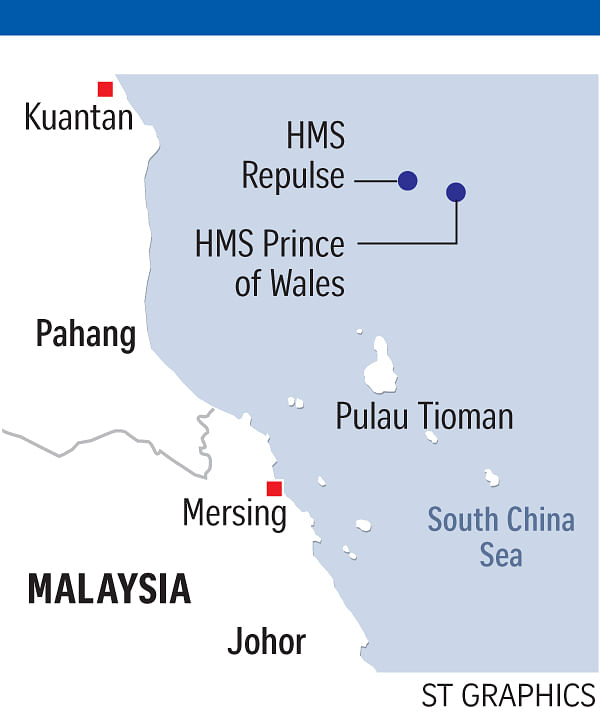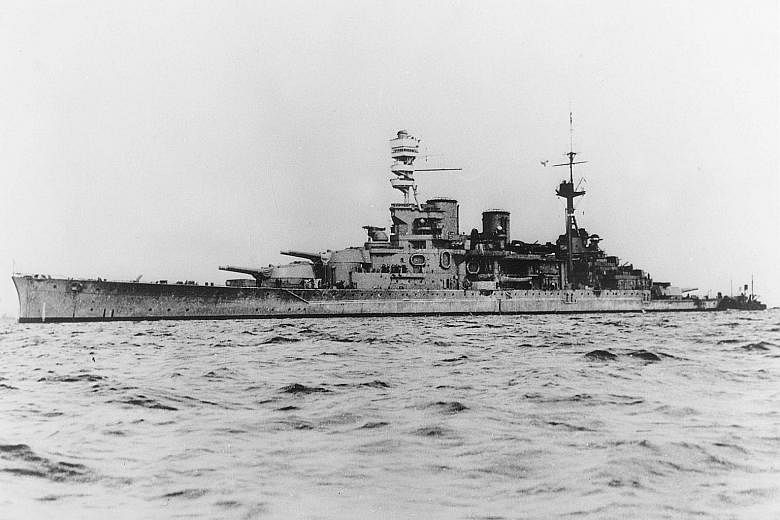KUANTAN • Large boats from outside Malaysia carrying groups of divers are illegally scavenging for scrap metal from ships sunk during World War II near Pulau Tioman off Pahang, the New Straits Times (NST) daily reported yesterday.
The South China Sea area is a graveyard for more than 100 ships and submarines, including the historically important HMS Prince of Wales and HMS Repulse that were sunk by the Japanese navy in 1941, the report said.
The two ships were deployed by the British to counter Japanese forces during World War II.
The salvage operators masqueraded as fishermen to avoid detection, NST quoted sources as saying, as they used GPS to locate these sunken ships. Buoys are also used to mark working sites.
The parts brought up included propellers, steel parts, high-grade aluminium and brass fixtures.

The boat operators are mostly from Vietnam and Thailand, the report said. They use thin rubber hoses connected to rusty air compressors on their boats to provide breathing air to their divers some 60m below the waters.
Explosives are first set to break up the ship's hull so that the parts can be brought up in smaller pieces.
"The scavengers have a huge appetite for scrap metal and copper brass, which can be sold as far as China," said one source.
A Malaysian Maritime Enforcement Agency told NST that Malaysian fishermen occasionally spotted boats lurking above wreckage sites, but the salvage operators would move away or cast fishing nets when approached.
Based on previous arrests, said the source, it was learnt that they would spend days at sea to collect metal items from the sunken ships.
Pahang Tourism and Culture Ministry director Edros Yahya told NST that it was dangerous to descend to the seabed with basic equipment. "It is very challenging, and one has to be well-equipped and skilful to dive to such depths in low visibility."
Mr Edros, who is an active diver, said a certified technical diver would require between two and three oxygen tanks to complete such a dive, and an hour to decompress before returning to the surface.
In a report in October last year, British newspaper The Telegraph said the wrecks of the Repulse and Prince of Wales were being stripped bare, with the damage intensifying in recent months.
"We noticed the wrecks were being salvaged when we dived" there in May 2013, the newspaper quoted Mr Stuart Shaw of the TechThailand dive company as saying.
"They removed the remaining propellers from Repulse and the four propellers from the Prince of Wales some time between September 2012 and May 2013."
The two sunken ships, which went down with 830 sailors, are recognised as war graves, The Telegraph said, adding that similar desecration of a war memorial on land could not be imagined.

